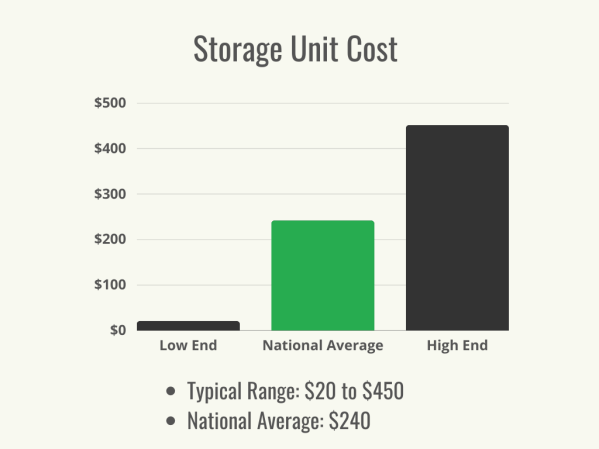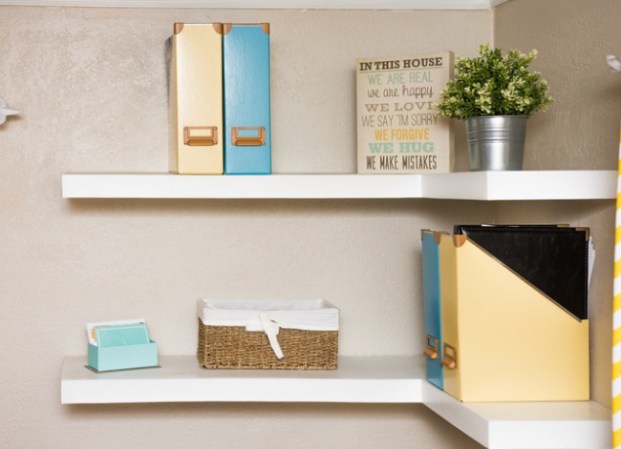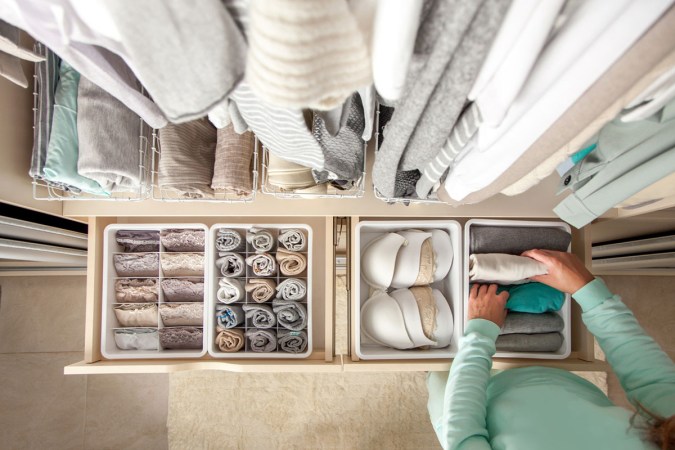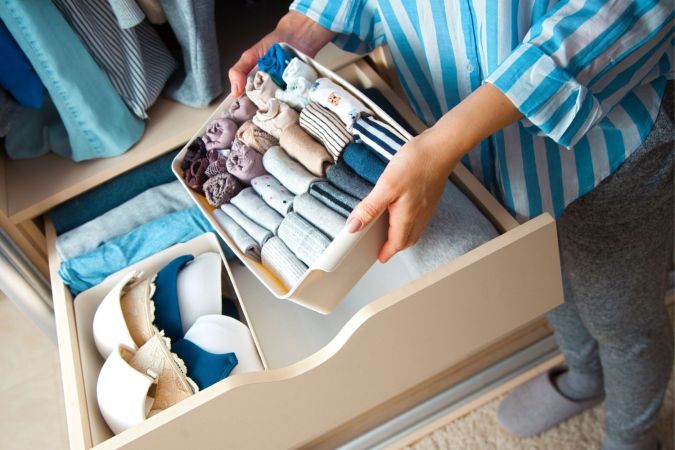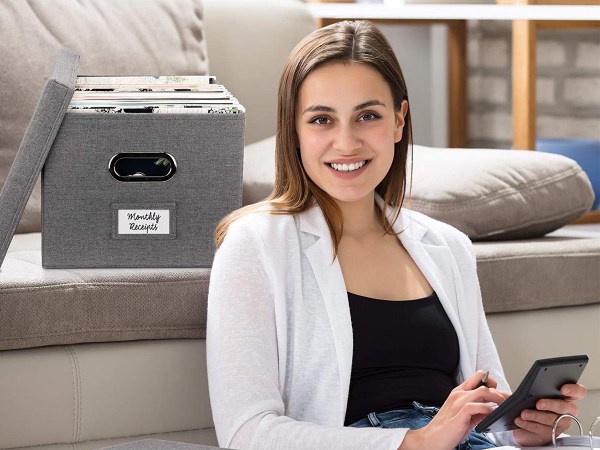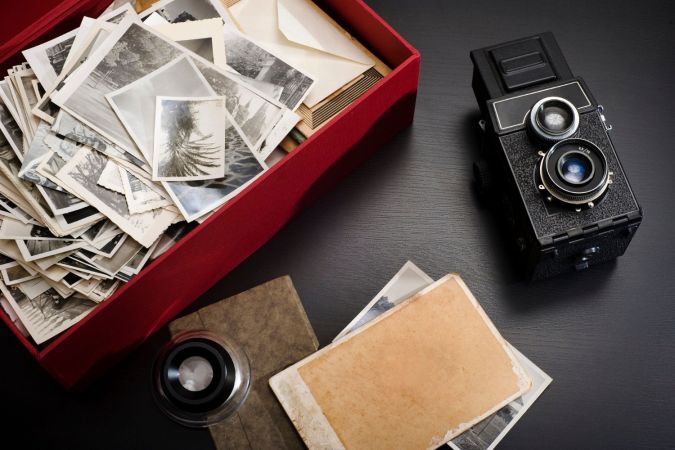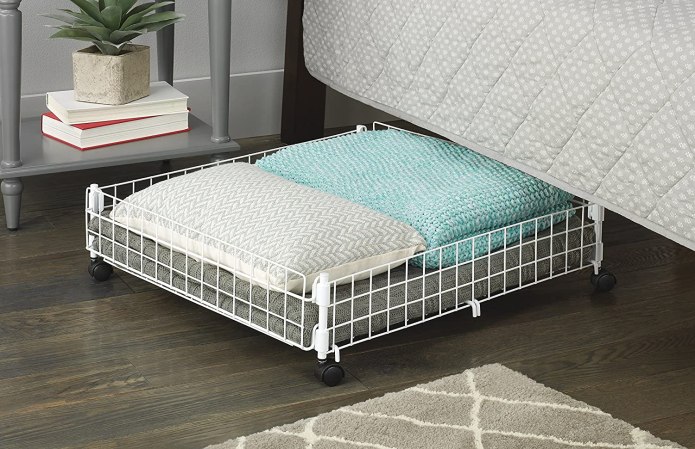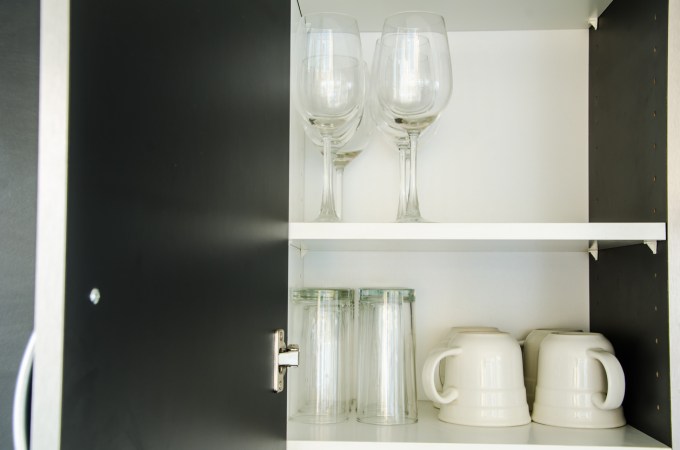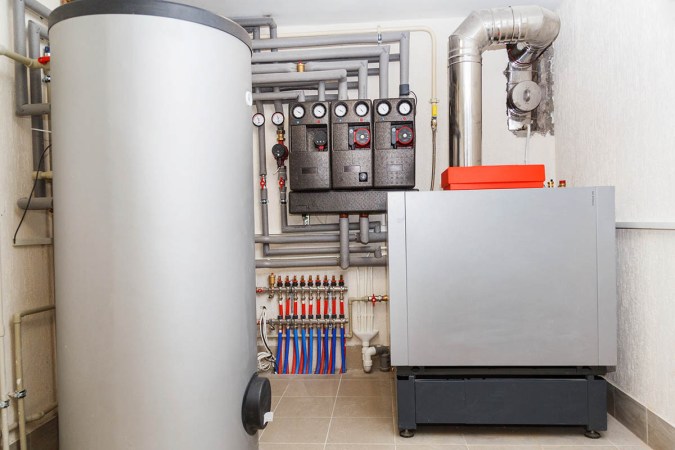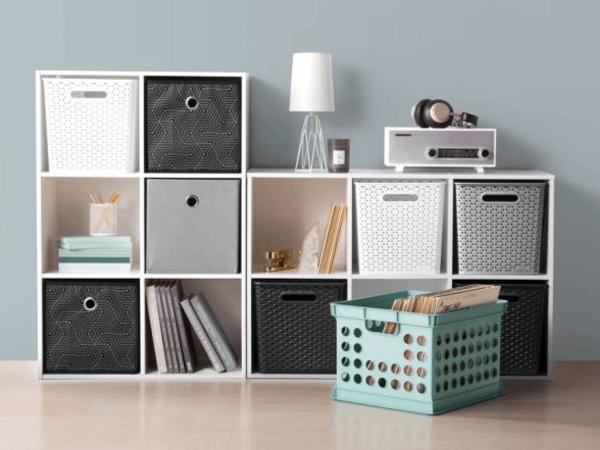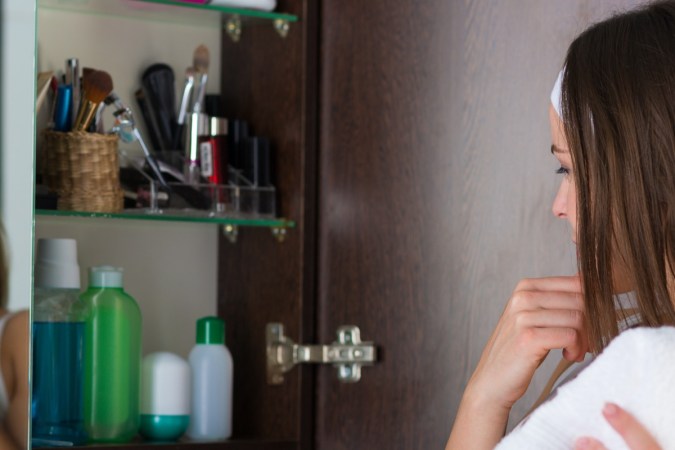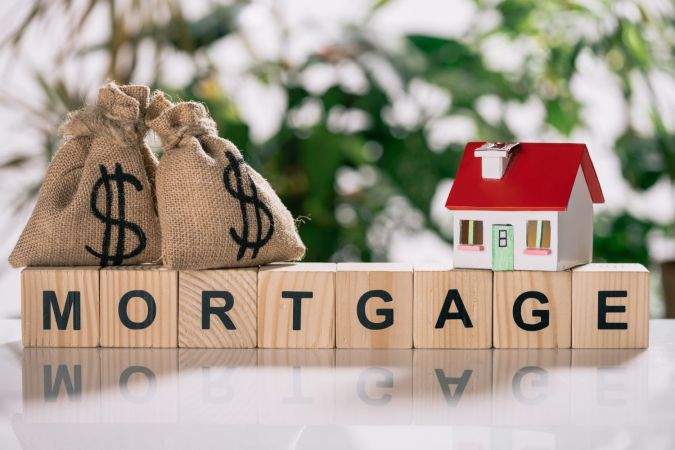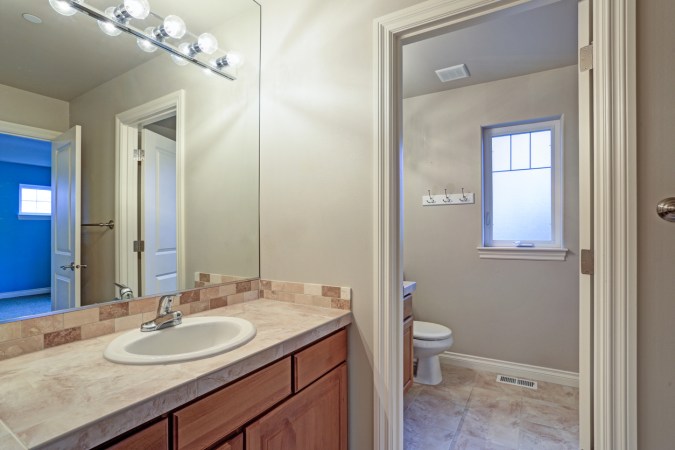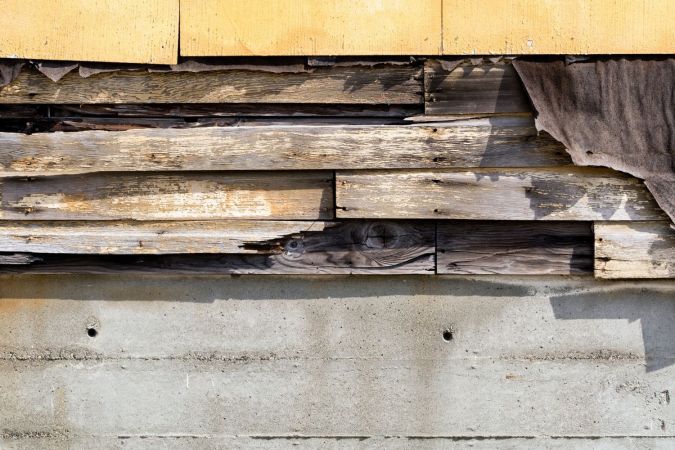We may earn revenue from the products available on this page and participate in affiliate programs. Learn More ›
Q: I have a lot of extra stuff that I don’t necessarily want to throw away, but I just don’t have the space for it anymore. It’s probably time for a storage unit. What size storage unit do I need? And how much is a storage unit?
A: Storage units come in many sizes to accommodate the needs of people storing a few items, specialty items, or entire households. They can be rented for short-term or long-term storage, which is helpful for people who just need a few days or for those who prefer to store items for years. Determining the size of the storage unit you need is likely the most confusing part of renting one. Evaluating the size, shape, and quantity of items you plan to store is the best place to start your evaluation process. From there you can begin to calculate the size or number of storage units you need to rent to keep your belongings safe.
Using some efficient packing methods, you’ll be amazed at how much you can fit into a single storage unit. Most items can be stacked (carefully) to take up the entire 8-foot height that most storage units have. And since it’s not your bedroom, you don’t have to worry about the piles of boxes tipping over on you. Safely stacking boxes and items on top of each other requires proper planning—and packing—but it can really maximize the space so you can store more in a single storage unit. Let’s dive into the keys to determining what size storage unit you need.
Determine what you want to put into storage.

Determining the type of items you plan to store is the first step in choosing the right storage unit. You can’t fit a queen-size mattress in a mini storage unit, and there’s no sense in renting an average-size storage unit for a half dozen boxes. If you have an entire household of goods that needs storing while you’re moving between homes, it’s possible you’ll have to rent more than one storage unit. A garageful of items that needs to be cleared out could fill up a large storage unit.
Additionally, it’s not uncommon for people to rent small storage units to rotate their seasonal belongings throughout the year or keep a college student’s belongings nearby while making space in the house. Or you might need to hold belongings for a while as you merge two households or while you clean out an inherited house. Whatever the reason that you need a storage unit, deciding just exactly what needs to be stored is the first step. Once you have an idea of how many items you need to store—and their overall size—you’ll be ready to calculate the correct storage unit for your needs.
The best option is to make an inventory list of everything you plan to put in the storage unit. This will be helpful for remembering everything you own if you plan to keep the items there for a long period. Itemizing is also useful for organizing how you pack the storage unit. If you know you’re going to be storing bulky or heavy items, you can determine the minimum width or length you need to store them by measuring each item. Those items should be placed either on a bottom row or along the back wall if you don’t plan to access them often. Knowing exactly what you plan to store helps you determine the right storage unit size and how to pack it efficiently for a short or long period.
Make sure you are using your home’s available storage to its fullest.
Storage rental fees can add up quickly over time, especially if you’re renting more than one. It’s worth making sure that you’re already using any existing storage space in your house in the most efficient way possible. Going through your belongings and deciding if anything can be disposed of, recycled, or donated is a great way to create more storage space in your own home or garage. It also saves you money in the long run on storage fees.
If the thought of sorting through a household of belongings makes you want to run for the hills, consider hiring a professional organizer. You might not need one to help pack up a room, but when you’re overwhelmed with a houseful of clutter, hiring a professional organizer can really help. This person is uniquely qualified to help you declutter, prioritize, and remain accountable during the process. Since they have no sentimental attachments to anything, they’re well positioned to help you push through any indecisiveness you might have. They’re also great at helping you stay motivated throughout the task. In the long run, hiring a professional organizer can save you time and money as you reclaim your own living space and implement better organization and storage habits.
Consider what kind of amenities and what level of access you need in a storage unit.
After you’ve determined what exactly you plan to store, you need to evaluate if your items require any special considerations and how often you plan on accessing them. Most storage units are outside and are subject to nature’s seasonal elements without the assistance of an HVAC system. They’ll be hot in the summer and cool in the winter. Most self-storage companies develop their property with the outdoor units situated higher than the roads to allow water to drain away from the doors, but they’re never totally safe from the elements. Additionally, insects and rodents could be attracted to the storage unit, depending on what you store inside.
You can choose an interior climate-controlled storage unit if you need to keep items between 55 and 80 degrees. Humidity control might also be an option if needed. Otherwise, check to see if you have 24-hour access, 7 days a week. This is helpful so you can access your belongings at any time. Most company offices only have someone available at certain times during the day, so if you expect to need assistance after hours, look for a company with extended office hours.
If you’re planning to store a vehicle, trailer, or even a boat, you can ask about indoor, outdoor, or covered storage. These options aren’t available at every company since larger items take up more space. On the flip side, if you need just a tiny amount of space, you can ask about a storage locker. It’s simply a small locker where you can keep items that are even too small for a mini storage unit.
Another important consideration is how much you plan to access your belongings. If you’re packing everything you own into the storage unit while you wait for a few days to move into a new house, you can pack that unit to the brim without extra space. If you’re storing items that you plan to access throughout the year, then you’ll need to leave some space inside the unit to get to any items stored in the back. A long aisle down the middle is helpful, but you might also make a U-shape with some items in the middle, too. This extra walking space reduces how much you can store in the unit, so you may need an additional storage unit or to reduce the total quantity being stored.
You’ll also need to ask about what items are not allowed to be stored as they present a hazard to the other units. In general, food, flammable or combustible items, drugs, and inoperable vehicles are prohibited. It’s also best to avoid storing high-value or scented items in your storage unit.
Self-storage amenities range from one company to the next, so be sure to ask for what you need as you discuss storage unit prices. They’ll also be able to help you determine the best storage unit size for your needs.

Pack and prepare your items, and calculate the amount of space they take up.
Since one of your goals might be to conserve space and keep storage rental costs low, you’ll need to plan on stacking your items to utilize all the available space. This means that you should use sturdy boxes or plastic bins to hold smaller valuables. Larger items should be wrapped in bubble wrap, plastic, or even blankets to prevent getting scuffed or dusty over time.
The advantage of using clear plastic bins is that you can easily see into the bin to determine if it holds the items you’re looking for later on. This saves a lot of time spent hunting for a specific object. If you prefer to use boxes, make sure to clearly label one or two sides with all of the items stored inside. Then make sure to turn that labeled side so it’s clearly visible from your access point.
Tape and close everything securely, and make sure nothing is already wet or damp when you put it in the box. This invites mold, which can ruin many items. Wrapping electronics in bags can help prevent moisture from seeping in, and furniture should be covered with a plastic furniture bag or a cotton sheet. Never store mattresses directly on a storage unit floor unless they’re wrapped in a plastic bag and taped closed. This prevents insects from burrowing into the attractive nesting material.
If you need to store larger objects like a couch, bed, or a table, your best bet is to disassemble them. You can fit more into a storage unit when you store them in pieces, and it allows you to wrap and protect them better, too.
Once you’ve identified the items you’re going to store, you can estimate the total volume of your belongings. If you’re storing only a few items, you could pile them together and estimate the cubic volume to help determine the size of the storage unit you need. If you’re storing a whole house, you could pile each room’s belongings and make an estimate of each room, then add them together using the calculations below.
Otherwise, you’ll need to estimate based on the dimensions of your largest or bulkiest items and approximately how many boxes you’ll be storing. You can calculate the space you’ll need in two ways:
- Multiply the length and width of all your items while stacked together, or add each item’s measurements individually. This will give you a total square foot measurement. If the pile comes out to 8 feet by 8 feet, then you need at least a 64-square-foot storage unit.
- Multiply the length, width, and height of all your items while stacked together, or add each item’s measurements individually. This will give you a total cubic foot measurement. If the pile comes out to 8 by 8 by 8 feet, then you need at least a 512-cubic-foot storage unit.
These are just two basic ways to calculate the total space required. Calculating an entire household can be challenging but doable. On average, a small storage unit measures up to 50 square feet (400 cubic feet), a medium storage unit measures up to 150 square feet (1,200 cubic feet), and a large storage unit measures up to 300 square feet (2,400 cubic feet). Another basic estimate is that a small storage unit can hold most items from one bedroom, and a large unit might hold the contents of up to five bedrooms.
Once you have a rough estimate, you can always use an online storage unit calculator or call a local self-storage company to see what they recommend. It’s important to note that storage unit sizes are generally the same, but there are some variations from one company to the next. One company could have slightly larger units, which means you can avoid having to get two units if your estimated space requirement is higher than the other unit can hold.
Pick the best size storage unit for your needs, and consider if you’ll need more space in the future.
Storage unit fees can add up over time. It’s one thing to need a short-term rental for a week in between moves, but storing items for months to years can quickly become a costly venture. It’s important to make sure you’re only storing items that you really need and use. The fewer items you store, the smaller the unit you can rent, and the less you pay over time. However, since some items are naturally larger (like vehicles), there’s only so much you can do to minimize the storage footprint you need.
Your best bet is to accurately calculate all of the items that must be stored, determine the kind of access or amenities you need, then shop around to get quotes and availability dates. Cheap storage units can be found, but you also need to make sure that the area is secure and clean. A worn-down appearance is a sign that the location might not be secure or free of unwanted pests. Make sure to visit the location in person when possible to make an informed decision about which storage unit you choose to rent.
If you’re looking for mid- to long-term storage, you’ll also need to consider whether you expect to add more belongings to the storage unit in the near future. It’s usually cheaper to rent a single, larger unit than two different-sized units, even if you don’t use all of the space right off the bat. As you plan for your storage unit, be sure to honestly evaluate what you need and want to store so you can choose the right storage unit size.
Sources: Move.org

